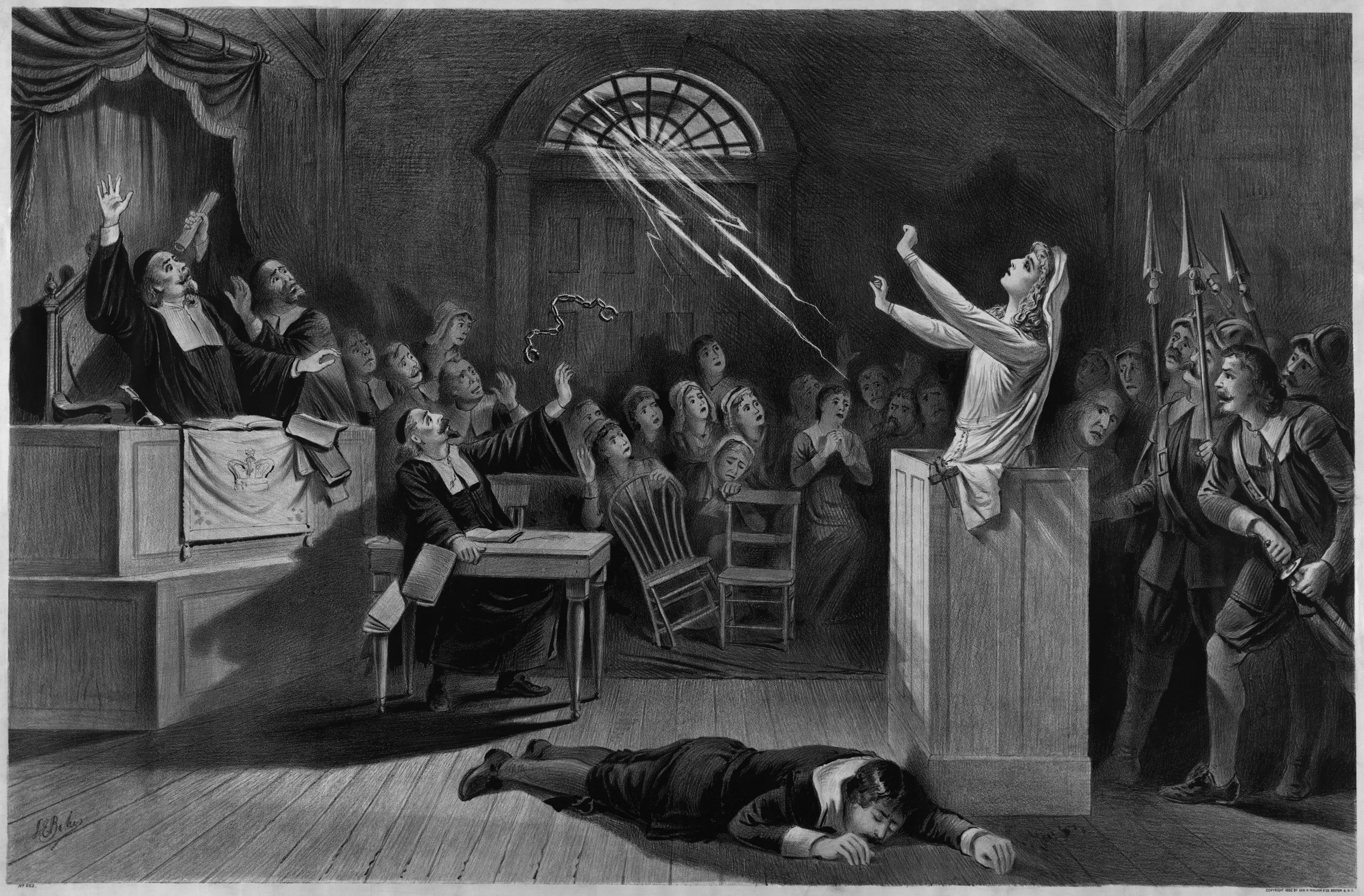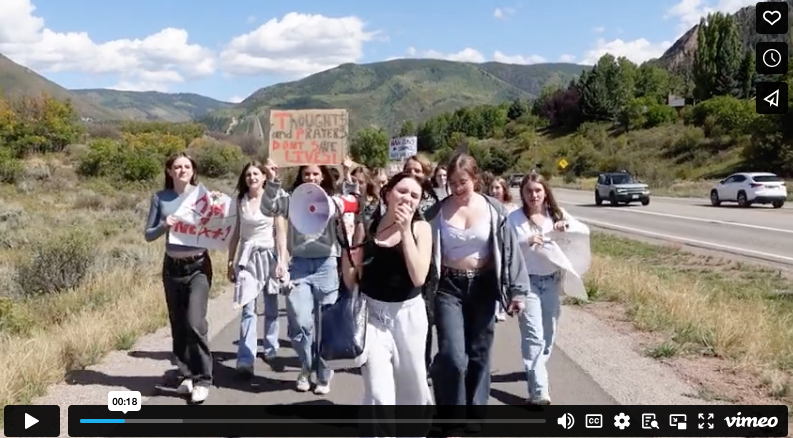Whether it be the mysterious woman with a black cat, a figure flying through the air on a chilly night, or an old lady with /a crooked nose and green skin, the tale of ‘the witch’ is one that is hundreds of years old with the first witch hunts occurring in France during the 15th century, where someone could be accused and killed for being a witch. Accusations of witchcraft, conspiring with the devil, and witch trials first began in medieval Europe in the 14th century and continued all the way into the 17th century. Consequently, in the 1600s when pioneers started coming to the United States and developing colonies in the New England area, the belief of the supernatural, evil, and devil-like powers was strong.
In the rural community of Salem Town, Massachusetts life was bleak and difficult. In the wake of the British war with France that took place in the American colonies, the Puritans lived in fear of attacks from the Native American tribes which dwelled in the dense forests’ that surrounded the towns’ borders, and disease and illness ran rampant during the time leading up to 1692. The Puritans needed a reason to explain their recent hardships, more specifically, someone to blame.
Therefore, when the nine-year-old daughter of the Puritan minister of Salem, Betty Parris, and her 11-year-old cousin Abigail Williams started to behave strangely, hysterically screaming and exhibiting aggressive convulsions, a doctor that was called to the house diagnosed them with ‘bewitchment’. Following the diagnosis, other girls in the town started to display similar behavior and eventually a group of young girls accused three women of bewitching them. Two of the accused, elderly and poor Sarah Osborn, and homeless woman Sarah Good adamantly denied their guilt during their trial where the courtroom was filled with the convulsing and ill young girls who all pointed the blame at them. Sadly, both women died. Sarah Good was sentenced to execution and Sarah Osborn died in jail due to the poor conditions.
However, the terror did not stop with Good and Osborn’s convictions. The third woman accused, Parris’ slave Tituba, eventually confessed and went on to accuse many other women who supposedly conspired in witchcraft with her. She likely made this decision to avoid conviction and possible execution. After these accusations, a widespread panic ensued in Salem and the surrounding towns. To settle this spreading hysteria other witches needed to be found and captured. During this time the judicial system was so overwhelmed that a special court was developed, called the Court of Oyer and Terminer, to try cases of witchcraft for Suffolk, Essex and Middlesex counties. From the first case in 1692 to the very last in 1693 a total of 18 people were killed and 150 were accused.
The majority of the accusers were young girls similar to Abigail and Betty, which some may see as odd. However, there are many possible reasons for why they claimed to be bewitched and went on to accuse their neighbors of these crimes. Medicine and science was exceptionally insufficient at the time, but modern day scientists and doctors believe that one cause for these ‘bewitchment’ symptoms is the fungus ergot which can be found in grains such as rye or wheat, and can cause delusions, vomiting, and muscle spasms. Some other explanations for these behaviors are undiagnosed mental health disorders like PTSD, attempts to get help and recognition from the community regarding troubles like extreme poverty, and deliberate fraud to ruin the reputation of enemies. The targets of this type of fraud were prominent families, or members of society, typically women, who were straying from the strict patriarchal social norms of Puritan society.
Some of the people hanged for the crime of witchcraft were churchgoing members of society while others were more on the fringes and outspoken. Rebecca Nurse, for one, was a grandmother who regularly went to church, she was hanged on July 19th, 1962. Dorothy Good, the 4-year-old daughter of Sarah Good, had her mother executed for witchcraft and then was held in jail herself for the same charge!
You might be wondering, how did they decide if someone was “guilty” of witchcraft. Aside from typical court proceedings like testimonies and witnesses, these communities had some strange test to see if a person was conspiring with the devil. One was the Swimming Test, where the accused was stripped to their undergarments, bound, and tossed into a lake or pond. Witches were supposed to have rejected the sacrament of baptism so then the water would reject their body, so if the accused floated they were a witch but if they sunk they were pulled back up to the surface by a rope. This lead to many accidental drownings and false guilty verdicts as someone can simply hold their breath and then they will float. Another odd test was Marks, it was thought that a person would receive a mark after making a deal with Satan, so for this test the accused was stripped and searched. Moles, scars, birthmarks, sores, supernumerary nipples and tattoos were all things that could count as these marks and “verify” that they were a witch.
Many people know about the Salem witch trials but most don’t know the complex narrative behind this interesting event, so pat yourself on the back for learning some spooky history during this fall season!
Salem Witch Trials History
September 25, 2024














